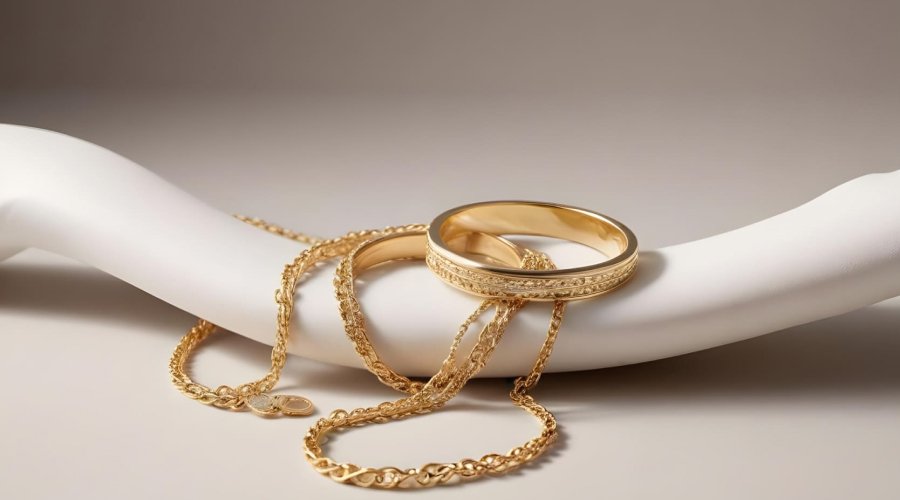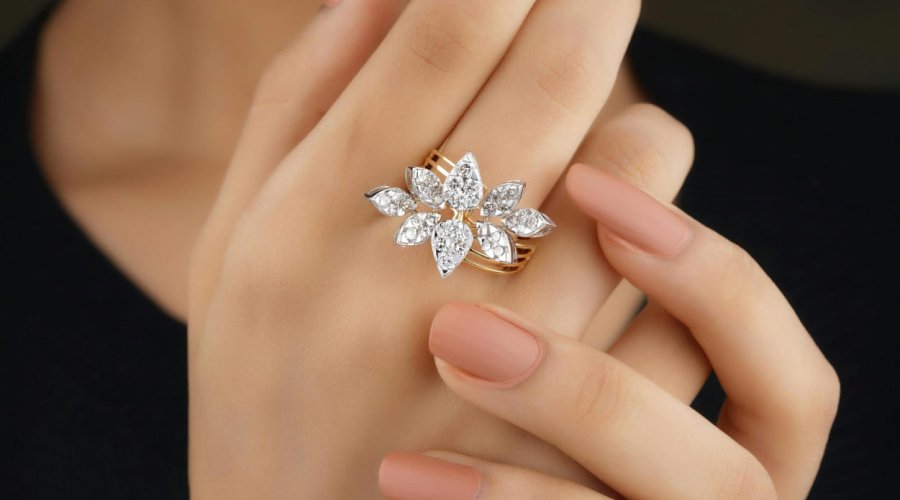

The History and Evolution of Diamond Cuts
The history and evolution of diamond cuts is a fascinating journey that spans centuries, with advancements driven by technological innovations, shifting trends, and growing understanding of the gemstone’s properties. The cut of a diamond is not just about its shape, but also its proportions, symmetry, and ability to reflect light—essentially determining how the diamond will sparkle. Let’s take a deeper dive into how diamond cuts have evolved over time.
Early Diamond Cuts (Pre-15th Century)
Diamonds have been valued for their brilliance and rarity since ancient times, but for much of early history, they were uncut or only roughly shaped. The first diamonds were often polished cabochons (a smooth, rounded shape), and were used for ornamental purposes rather than as jewelry with cut precision. In fact, diamonds were largely used for their hardness, which made them useful as tools or for engraving other gemstones.
Medieval and Renaissance Period (15th–17th Century)
During the Renaissance, diamonds began to be cut with more deliberate artistry, though still rudimentary by today’s standards. These early cuts were often based on the natural shape of the diamond, which was typically a rough octahedron (a double pyramid shape). The goal of these cuts was not to maximize brilliance, but to create a shape that enhanced the diamond’s natural geometry.
- Point Cut (14th–16th Century): One of the earliest cuts, the point cut, involved polishing the diamond into a simple, flat-topped, pointy shape, often with no facets. These diamonds had a subdued sparkle because of their lack of reflective surfaces.
- Table Cut (16th Century): This cut featured a flat top (the “table”) with a few facets on the pavilion (the bottom part of the diamond). It was one of the first attempts to enhance the diamond’s light return but was still quite limited.
The 17th and 18th Centuries: The Rise of Faceted Cuts
As diamond cutting techniques advanced, so did the complexity of the designs. During the 17th century, cutters began experimenting with creating multiple facets on diamonds to improve their brilliance.
- Rose Cut (16th–18th Century): Named for its resemblance to a rose, the rose cut featured a flat bottom and an upper surface with multiple triangular facets. This cut became popular during the 18th century and was widely used for rose and cushion-shaped diamonds. It reflected light differently than earlier cuts, offering a soft, subtle glow.
- Brilliant Cut (Early 18th Century): The concept of the “brilliant cut” was born during the 1700s, but it took a while to reach its modern form. Early versions of the brilliant cut had fewer facets, with diamond cutters focusing on how to better reflect light through the crown and pavilion.
19th Century: The Birth of Modern Diamond Cuts
The 19th century saw significant technological progress in diamond cutting, largely due to advances in cutting tools and techniques, as well as an increasing demand for fine jewelry. The cutting process became more sophisticated, and as such, the range of diamond shapes and styles began to expand.
- Old Mine Cut (Late 18th Century to 19th Century): The old mine cut, which became popular during the Victorian era, was a precursor to the modern round brilliant. It was a cushion-shaped diamond with a high crown, small table, and large facets. The cut offered a bit more brilliance compared to earlier cuts, though the proportions were not yet perfected.
- Old European Cut (Late 19th Century): The old European cut was a transitional form between the old mine cut and the modern round brilliant. It featured a round shape with more facets and a smaller table, and it began to emphasize light performance. The old European cut is still sought after today for its vintage charm and slightly different, less symmetrical sparkle.
Early 20th Century: Precision and Innovation
The development of diamond cutting reached new heights during the early 20th century. The rise of more sophisticated tools and machinery, particularly after the discovery of diamond’s ability to be cut with higher precision, allowed for a dramatic shift in the way diamonds were cut.
- Round Brilliant Cut (1919): The round brilliant cut, the most popular and iconic diamond cut today, was perfected in 1919 by mathematician Marcel Tolkowsky. His mathematical formula for the ideal proportions of the diamond’s facets maximized brilliance and fire, creating the sparkling look we associate with diamonds today. The round brilliant cut typically has 58 facets and is designed to reflect light in a way that produces the most brilliance and fire.
- Emerald Cut (1920s): In contrast to the brilliant cuts, the emerald cut was designed to emphasize clarity rather than sparkle. Its stepped, rectangular facets created a “hall of mirrors” effect, with the focus on the diamond’s internal structure. This cut became popular in the Art Deco era, known for its clean lines and geometric appeal.
- Asscher Cut (1902): Developed by the Asscher brothers, the Asscher cut is similar to the emerald cut but with a square shape. It features stepped facets and an octagonal shape, offering a vintage, elegant look.
Mid to Late 20th Century: Further Innovation and Design Diversity
As the 20th century progressed, the demand for unique and innovative diamond shapes grew, giving rise to a variety of popular cuts. During this time, diamond cutters experimented with different shapes, while also continuing to perfect existing designs.
- Princess Cut (1960s): A square cut that gained popularity in the 1960s, the princess cut became known for its brilliant sparkle, sharp lines, and versatility. With 58 facets (like the round brilliant), the princess cut has a modern, geometric appeal and became especially popular for engagement rings.
- Cushion Cut (Late 20th Century): The cushion cut, a throwback to the old mine cut, became a popular choice again in the late 20th century. It is known for its soft, rounded corners and larger facets, offering a vintage and romantic appeal. Its popularity surged with celebrities and as vintage-inspired designs made a comeback.
- Marquise Cut (18th Century, revived 1950s): The marquise shape, with its elongated oval form and pointed ends, has been around for centuries but saw a revival in the mid-20th century. It is often associated with a dramatic, vintage look and is popular for engagement rings and statement jewelry.
21st Century: Technology Meets Artistry
In the 21st century, diamond cutting has advanced further with the help of lasers and computer-aided design (CAD) technology. Today’s diamond cutters can achieve incredibly precise cuts and proportions, leading to diamonds that are more brilliant, symmetrical, and visually stunning than ever before.
- Hearts and Arrows Cut (1990s): This ideal cut is known for its perfect symmetry, which creates a visible pattern of hearts and arrows when viewed under a special microscope. This cut was designed to achieve the highest level of optical performance, with the goal of maximizing brilliance and fire.
- Fancy Shape Cuts (1990s–Present): While the round brilliant remains the most popular, fancy shape cuts (such as pear, oval, heart, and radiant cuts) have become increasingly popular. These cuts allow diamond owners to choose shapes that reflect their personal style while still offering great brilliance.
Conclusion: The Future of Diamond Cuts
The history of diamond cuts reflects a continual quest for perfection, with each advancement bringing diamonds closer to their full optical potential. While the classic round brilliant cut remains the most sought-after shape, a wide variety of cuts now exists to suit different tastes and preferences, from vintage-inspired cushion cuts to modern, sleek oval and pear shapes.
With advances in technology, we can expect to see even more precision in diamond cuts, possibly offering more customizability for consumers. Diamond cutting will continue to evolve as both an art and a science, creating timeless pieces of beauty that will be appreciated for generations to come.
Search
Latest Posts


The History and Evolution of Diamond Cuts


